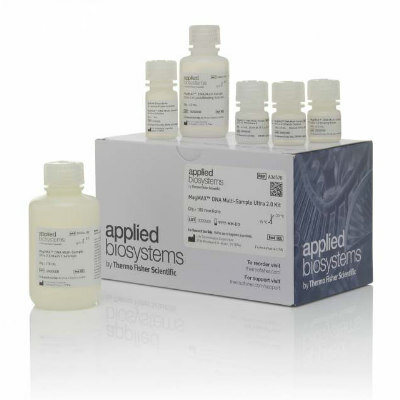Better Standards Needed for Vitamin D Measurement
By LabMedica International staff writers
Posted on 30 Mar 2009
A reference standard for the measurement of vitamin D is being developed by U.S. governmental chemists. This should help improve prevention and treatment of osteoporosis, rickets, and other bone diseases.Posted on 30 Mar 2009
Many children and adults are not getting enough vitamin D. New studies link vitamin D deficiency to a higher risk of diseases ranging from cancer to cognitive impairment in the elderly. Everyone needs ample vitamin D not just to absorb calcium and maintain bone strength but to promote good overall health.
There is no standard laboratory test for measuring vitamin D levels in humans, and no universal agreement on what are considered "normal" or "optimal" vitamin D levels. Scientists say that in order to understand vitamin D's role in health and disease, laboratories need better measurement standards.
The most commonly used indicator of a person's vitamin D status is the measurement of 25-hydroxyvitamin D in the blood. But several different forms of this vitamin exist in the blood--including 25-hydroxyvitamin D2 and 25-hydroxyvitamin D3--that are of clinical significance and would be overlooked by scientists focusing on total 25-hydroxyvitamin D alone.
Approximately three years ago the National Institute of Standards and Technology (NIST; Gaithersburg, MD, USA), the Federal Government agency that sets measurement standards, in collaboration with the National Institutes of Health (NIH) Office of Dietary Supplements (Rockville, MD, USA; http://ods.od.nih.gov) began to develop a standard for measuring vitamin D.
NIST developed Standard Reference Material 972 (SRM 972), which is composed of four different pools of human blood serum obtained from a wide cross-section of blood donors. Each of the four pools contains different amounts of 25-hydroxyvitamin D2 and D3 to represent vitamin D profiles normally seen in a clinical setting. All were carefully measured using a combination of liquid chromatography and mass spectroscopy.
Using these four blood samples as reference points, clinical laboratories will be able to calibrate their instruments and measurement techniques to assure more accurate and reliable vitamin D measurements for blood samples so doctors can make the right treatment decisions. As a result, testing based on this standard can more reliably tell patients whether they're getting enough vitamin D and provide information about what forms of vitamin D they need to take to stay healthy.
Related Links:
National Institute of Standards and Technology
National Institutes of Health Office of Dietary Supplements













